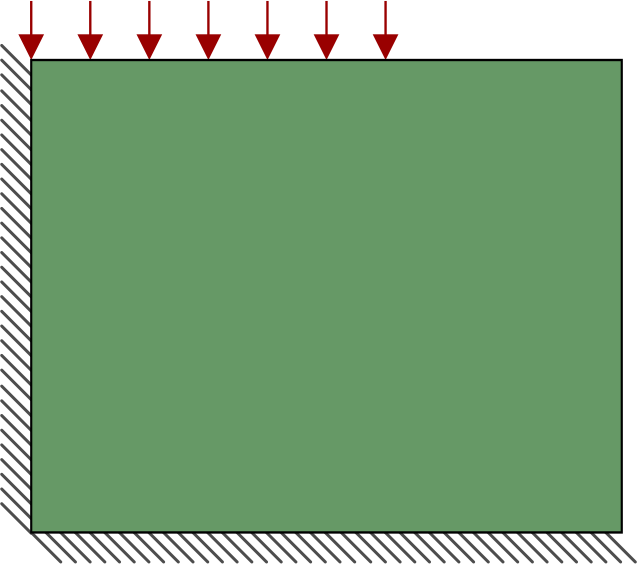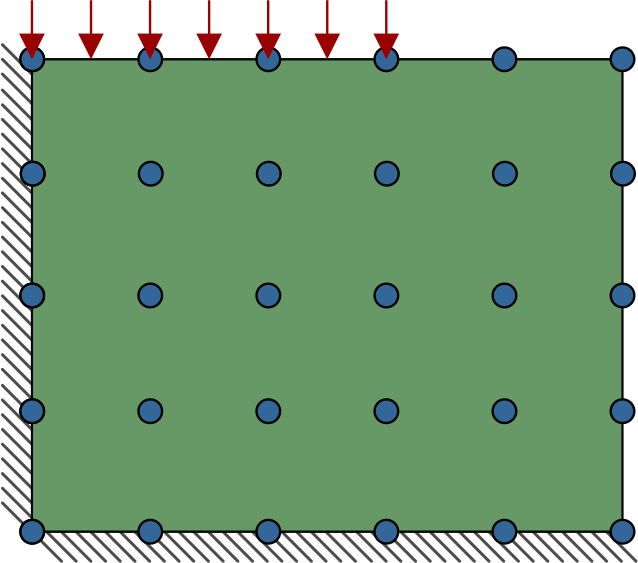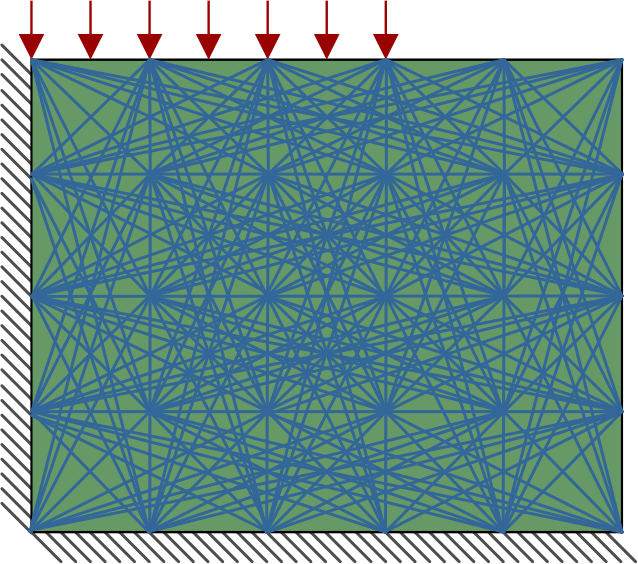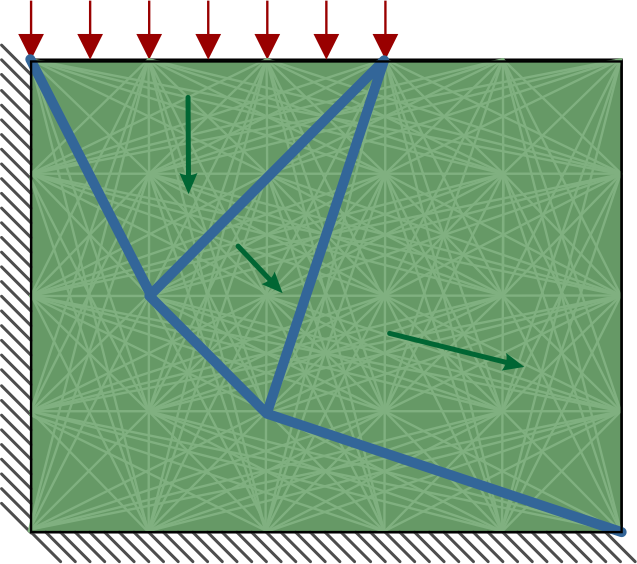Powerful geotechnical analysis software
LimitState:GEO provides unique geotechnical analysis capabilities to rapidly determine the critical failure mechanism and margin of safety for any problem.
Flexible modelling
Geotechnical software to tackle any ultimate limit state analysis or design problem involving slope stability, bearing capacity, walls, foundations, reinforced soil, or complex combined systems.Unique optimization technology
Rapidly identify critical geotechnical failure mechanisms, including those that traditional methods often miss.





































